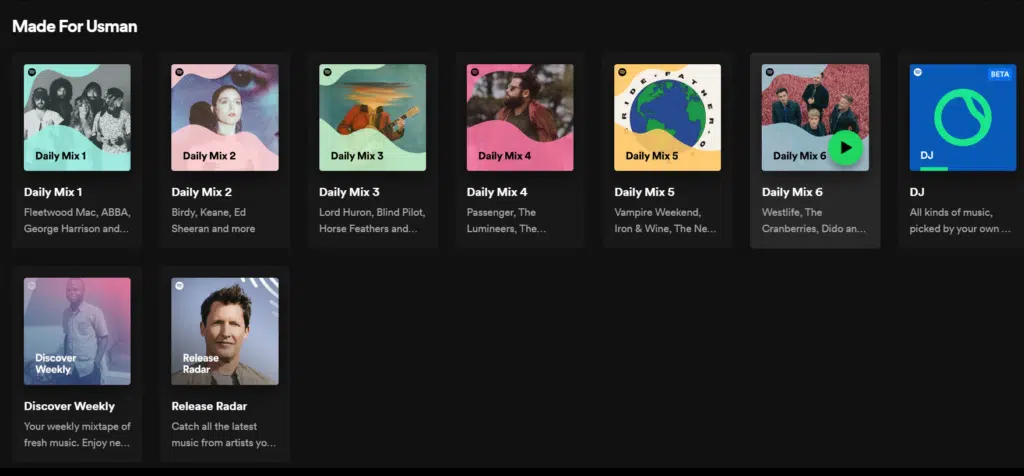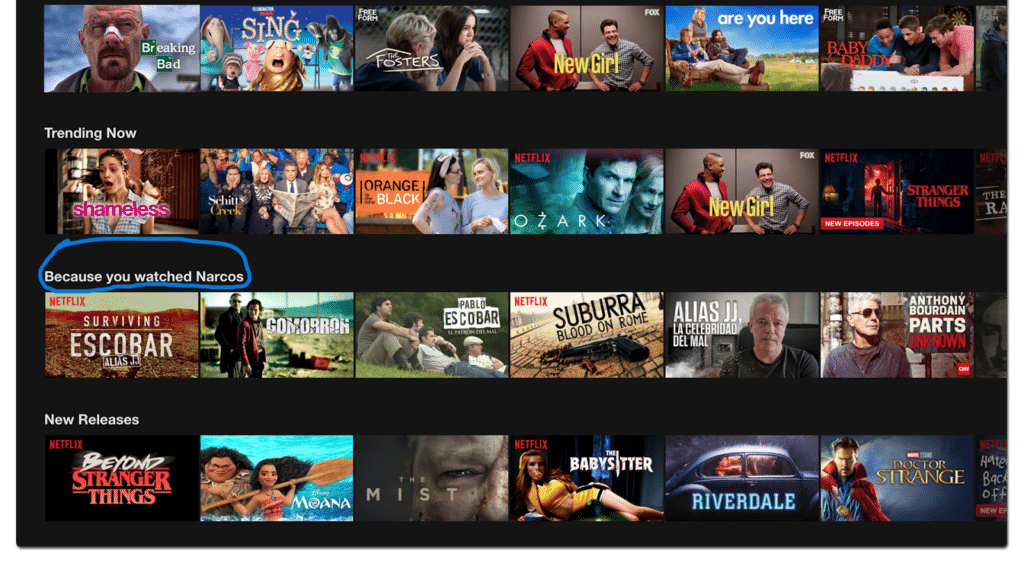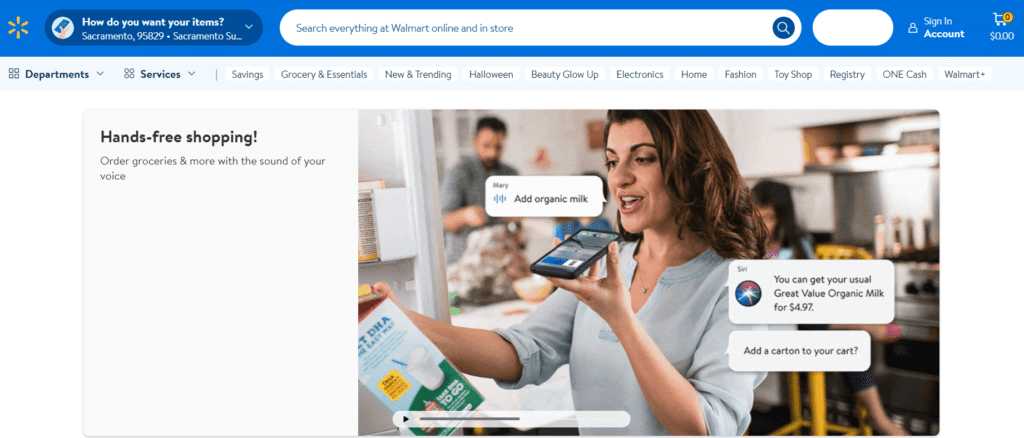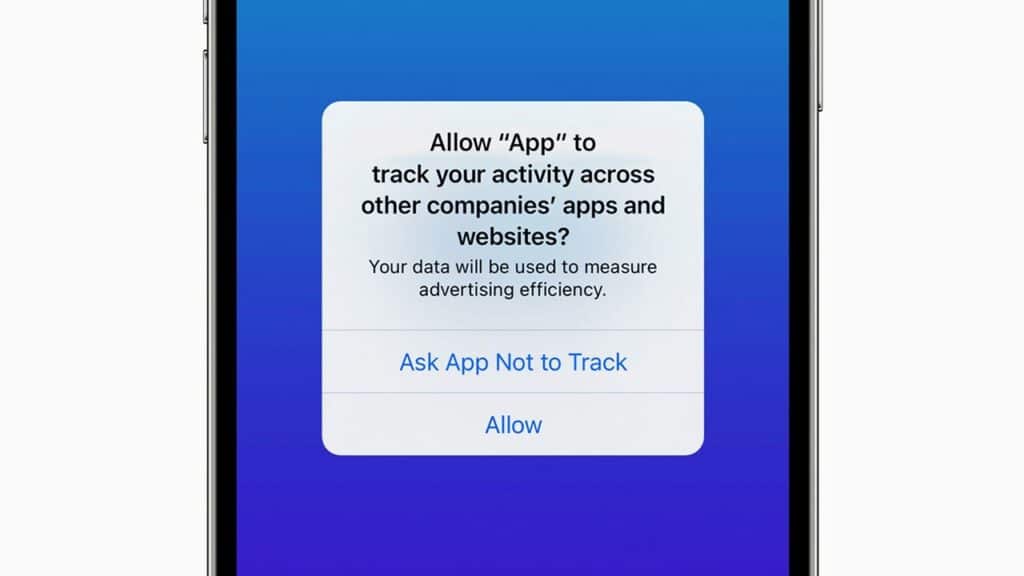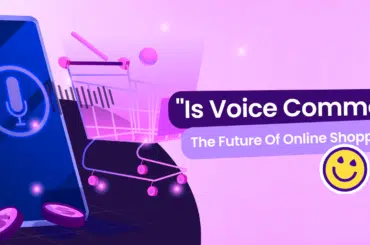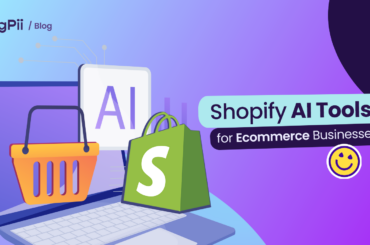If you’re an avid user of music streaming services like Spotify or Apple Music, you’ve likely noticed something about their music recommendations over time. These platforms curate playlists just for you, and upon closer inspection, you’ll find that these playlists are not just collections of random songs.
They often feature tracks you love and tunes that resonate with your musical preferences, creating a tailored playlist.
In e-commerce, personalization works much like your favorite music apps. It tailors your shopping experience by using data to recommend products that match your interests and preferences.
Whether suggesting items based on your browsing history or offering personalized deals, personalization makes the online shopping experience feel more relevant and engaging to you.
What is Ecommerce Personalization?
E-commerce personalization is a multifaceted strategy that involves understanding, predicting, and meeting individual online shoppers’ unique needs and preferences.
It goes beyond the traditional one-size-fits-all approach to retail, aiming to provide a tailored and engaging experience for each visitor to an e-commerce website. It’s all about adding personal touch to your online shopping experience.
Here’s a closer look at the key aspects of e-commerce personalization.
-
Customer-Centric Approach
At its core, personalization is about putting the customer at the center of every interaction.
It recognizes that no two customers are exactly alike and seeks to address their specific wants, needs, and pain points.
-
Data-Driven Insights
Personalization relies heavily on data collection and analysis. E-commerce platforms gather vast amounts of data on customer behavior, including browsing history, past purchases, demographic information, and even real-time actions on the website. This data is used to create a comprehensive profile of each customer.
-
Recommendation Engine
E-commerce businesses often employ recommendation engines powered by machine learning algorithms to implement personalization effectively.
These engines process the customer’s data to generate tailored product recommendations.
For example, if a customer has been looking at electronics, the engine might suggest related items, such as headphones or chargers.
-
Behavioral Targeting
Personalization also involves tracking and understanding customer behavior in real time. For instance, if a customer abandons their shopping cart, the e-commerce site might send a reminder email with the abandoned items, encouraging the customer to complete the purchase.
-
Personalized Content
Beyond product recommendations, e-commerce websites personalize content such as product descriptions, reviews, and blog articles. If a customer has shown an interest in eco-friendly products, the site may highlight the sustainability features of relevant products.
-
A/B Testing
Personalization strategies are continuously refined through A/B testing. Businesses create multiple versions of a web page or email campaign and test them on different segments of their audience to determine which performs best.
-
Omnichannel Personalization
E-commerce personalization extends beyond the website to other channels, including mobile apps, social media, and in-store experiences. Consistency in personalization across all touchpoints enhances the customer journey.
-
Segmentation
E-commerce businesses often segment their customer base into groups based on shared characteristics or behaviors.
This allows for more targeted marketing efforts. For instance, customers who frequently buy athletic wear might receive emails about upcoming sportswear sales.
Personalization in Ecommerce is similar to having a friendly salesperson in a physical store who knows your tastes and guides you to products that align with your interests.
Benefits of Personalization on Ecommerce
-
Enhanced Customer Experience
Personalization significantly enhances the customer experience by tailoring the shopping journey to each individual’s preferences.
For example, when customers log in, they may see product recommendations that align with their past purchases or interests.
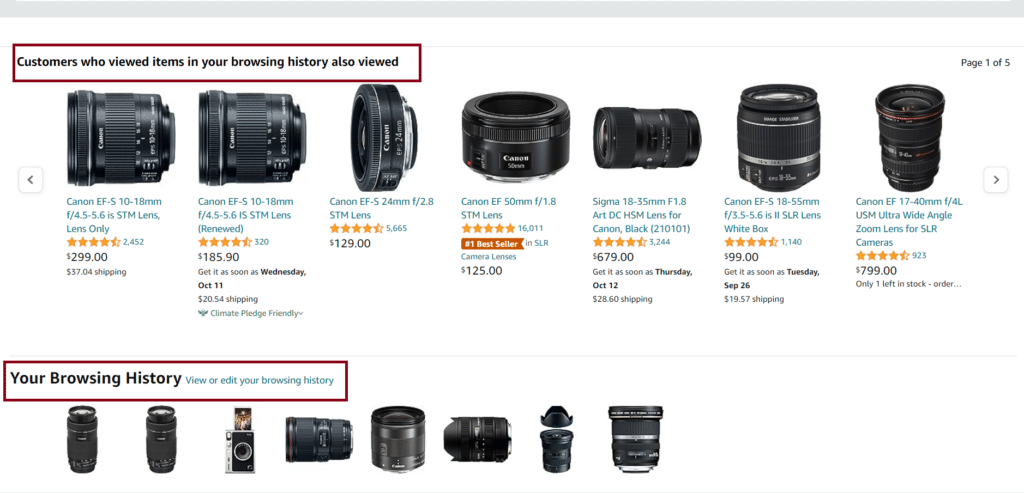
This saves time and creates a more enjoyable and engaging shopping experience.
-
Increased Conversions
Personalized product recommendations and content are highly effective in increasing conversion rates. When customers see products relevant to their interests and needs, they are more likely to purchase. This relevance reduces decision fatigue and encourages quicker buying decisions.
-
Customer Loyalty and Retention
Personalization fosters a sense of connection and loyalty. When customers feel understood and valued, they are more likely to return to the same e-commerce platform for future purchases. Furthermore, implementing loyalty programs featuring personalized discounts or tailored rewards helps increase customer retention rates.
-
Higher Average Order Value (AOV)
Personalization can lead to a higher average order value. By suggesting complementary products or upgrades based on a customer’s current selection, e-commerce platforms can encourage shoppers to spend more. For example, if a customer buys a camera, personalized recommendations might suggest additional lenses or accessories.
-
Competitive Advantage
E-commerce personalization provides a distinct competitive advantage. In a saturated marketplace, businesses that offer a personalized shopping experience stand out. Customers are more likely to choose a platform that understands their preferences and makes relevant product suggestions.
-
Cross-selling and Upselling Opportunities
Personalization is a powerful tool for cross-selling and upselling. Cross-selling involves suggesting related products that complement the customer’s current selection.
For example, if a customer buys a laptop, the site might recommend a laptop bag or software. Upselling encourages customers to upgrade to a higher-priced product within the same category, such as suggesting a premium smartphone over a basic model.
Ecommerce Personalization Strategies To Implement On Your Site
Personalization isn’t just a buzzword; it’s a crucial strategy for engaging customers and boosting conversions. Let’s look into some effective personalization strategies you can implement on your site.
-
Segmentation
Segmentation involves categorizing your customer base into groups based on shared characteristics or behaviors.
For instance, you can segment customers by their purchase history, location, or browsing activity. This allows you to tailor your marketing efforts to each group.
Amazon is a prime example of effective segmentation. It categorizes customers based on past purchases and browsing behavior, suggests products, and sends targeted emails based on these segments.
This approach ensures that customers who enjoy electronics receive recommendations related to technology, while those interested in fashion see relevant apparel suggestions.
-
Product Recommendations
Amazon employs a robust recommendation engine that considers a customer’s browsing and purchase history to suggest products they may be interested in.
When a customer views a product, Amazon displays “Customers who bought this also bought” or “Recommended for you” sections.
This approach encourages customers to explore additional products and increases the likelihood of making multiple purchases during a session.
-
Dynamic Content
Dynamic content adapts in real-time to user behavior, providing a more engaging experience. It can be applied to various website elements, such as product listings, homepage banners, and email marketing.
An example is Netflix, which uses dynamic content to customize the homepage for each user. When you log in, Netflix showcases movies and TV shows based on your viewing history, ensuring that the content displayed is relevant and enticing.
-
Retargeting Customers That Visited But Didn’t Make a purchase
Retargeting aims to re-engage visitors who previously interacted with your website but didn’t complete a purchase. Facebook’s retargeting ads, for instance, enable e-commerce businesses to display ads to users who visited their site but didn’t convert.
These ads often feature products the user viewed or added to their cart, serving as a reminder and enticing them to return and complete the purchase.
-
Personalized Email Marketing
Personalized email marketing involves sending tailored email communications to customers based on their preferences and behavior.
Clothing brand Stitch Fix, for example, sends customers personalized clothing recommendations based on their style preferences and past purchases.
These emails include curated clothing selections and styling tips, encouraging customers to make fashion choices that align with their tastes.
-
Personalized Pricing
Personalized pricing strategies adjust product prices based on customer-specific data and market conditions.
Airlines use personalized pricing, factoring in variables such as the traveler’s location, booking history, and demand for specific routes.
For instance, a customer searching for flights from New York to Miami may see different prices based on the time of booking and the route’s popularity. This approach maximizes revenue by optimizing prices according to individual circumstances.
-
Mobile Personalization
Starbucks’ mobile app is a prime example of this strategy. The app uses location data to recommend nearby stores and offers personalized drink suggestions based on customers’ past orders.

Customers can also conveniently order ahead and pay through the app, streamlining the mobile experience and ensuring a seamless in-store pickup.
Emerging and Evolving Trends in Ecommerce Personalization
Emerging Trends in Ecommerce Personalization
As technology evolves, so do the possibilities for ecommerce personalization. Staying ahead of the curve means understanding and anticipating these trends.
-
Augmented Reality (AR) and Virtual Reality (VR)
AR and VR are transforming how customers interact with products online.
Shoppers can virtually try on clothing or visualize how furniture will look in their space, making the shopping experience more immersive and personalized.
This technology builds confidence in purchases, reducing returns and enhancing customer satisfaction.
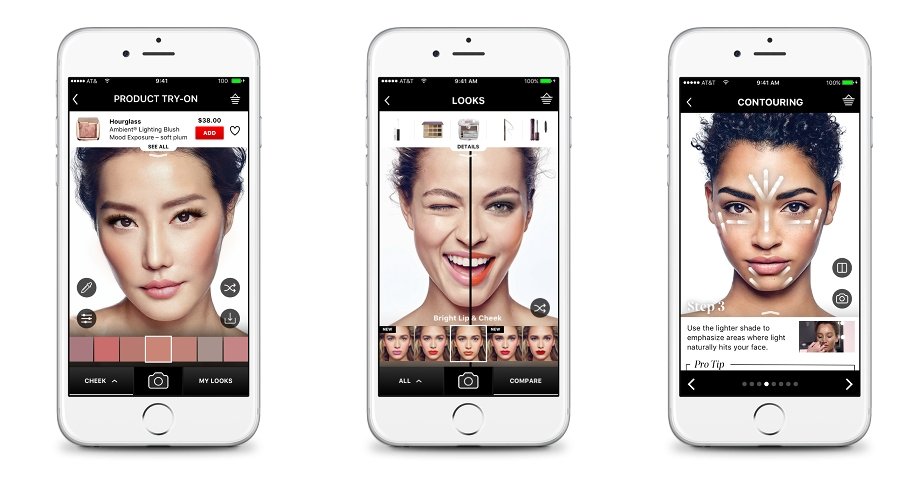

Companies like IKEA and Sephora are leading the way with AR tools. IKEA’s IKEA Place app allows customers to visualize how furniture will look in their home before purchasing, while Sephora’s Virtual Artist lets users try on makeup virtually.
-
Voice-Assisted Shopping
Voice commerce is growing as smart speakers and voice assistants become more integrated into daily life.
Amazon and Walmart are already embracing voice shopping through Alexa and Google Assistant, allowing customers to place orders, reorder products, or add items to their shopping lists.
Personalizing this experience through tailored recommendations based on past purchases enhances convenience and builds loyalty.
-
Artificial Intelligence and Machine Learning
AI and ML are at the core of personalization efforts for companies like Amazon and Netflix.
Amazon’s recommendation engine analyzes customer behavior and purchase history to offer personalized product suggestions in real time.
Netflix uses machine learning to curate personalized content recommendations based on users’ viewing habits, providing a highly individualized experience.
Both companies use AI to predict customer needs, improving engagement and customer satisfaction.
Keeping an eye on these trends will help businesses stay competitive and offer their customers cutting-edge, personalized experiences.
Challenges Associated With Personalization in Ecommerce
Personalization in e-commerce offers numerous benefits but presents several challenges that businesses must navigate. Some of these challenges include:
-
Data Privacy Concerns
One of the foremost challenges in e-commerce personalization is managing data privacy concerns. As businesses collect vast amounts of customer data to fuel personalization efforts, they must comply with data protection regulations and maintain customer trust.
For example, the General Data Protection Regulation (GDPR) in the European Union and the California Consumer Privacy Act (CCPA) in the United States have strict requirements for data handling and user consent.
In 2019, Facebook reached a historic $100 million settlement with the U.S. Securities and Exchange Commission in a case involving allegations that It made deceptive disclosures concerning the potential misuse of user data.
-
Algorithm Accuracy
Personalization algorithms are at the heart of e-commerce personalization, but their accuracy is paramount. If recommendations are inaccurate or irrelevant, they can frustrate customers and harm the shopping experience.
To maintain algorithm accuracy, businesses need access to high-quality data and continuously refine their algorithms.
Netflix, for example, faced challenges in improving its recommendation algorithm, which it overcame through the Netflix Prize competition, highlighting the complexity of achieving precise personalization.
-
Balancing Personalization and Intrusion
Finding the right balance between personalization and intrusion can be challenging. While customers appreciate personalized recommendations, overly intrusive personalization can feel invasive and pushy.
Amazon once faced criticism when it patented technology to predict customers’ subsequent purchases and ship items before they were ordered, raising concerns about privacy and consent.
-
iOS Update
The iOS 14.5 update introduced new privacy features that allow users to block apps from tracking their activity across other apps and websites.
This significantly impacts the ability of e-commerce platforms to track and personalize user experiences on Apple devices.
Facebook, for example, has voiced concerns about the potential impact of this update on its advertising and personalization efforts. This update underscores the evolving data privacy landscape and its implications for e-commerce personalization.
Best Practices and Tips for Successful Ecommerce Personalization
Implementing effective personalization strategies in e-commerce requires careful planning and adherence to best practices. Let’s explore key tips to ensure success in this dynamic field.
Data Collection and Security
- Responsible Data Collection: If I had a dollar for every time a website asked me to “Accept Cookies,” I’d be a millionaire by now. Collect customer data transparently and responsibly. Communicate to customers what data is being collected and how it will be used. Follow best practices and legal regulations such as GDPR to protect user privacy.
- Data Encryption: Ensure all customer data is encrypted during storage and transmission to protect it from potential breaches.
- Consent Mechanisms: Implement clear and easy-to-understand consent mechanisms for data collection. Allow customers to control their data preferences and provide options for opting in or out of data collection.
- Data Retention Policies: Establish data retention policies to manage how long customer data is stored. Only retain data for as long as necessary for legitimate business purposes.
Testing and Optimization
- Continuous Testing: Regularly test and refine personalization algorithms and strategies. A/B testing and user feedback can help identify what works best for your audience.
- Monitor Metrics: Track key performance indicators (KPIs) such as conversion rates, click-through rates, and revenue generated from personalized recommendations. Use these metrics to evaluate the effectiveness of personalization efforts.
- Machine Learning Models: If using machine learning for personalization, continuously train and update models to adapt to changing customer behaviors and preferences.
Customer Feedback
- Solicit Feedback: Actively seek customer feedback regarding the personalization experience. Use surveys, feedback forms, or customer support interactions to gather insights into their preferences and satisfaction levels.
- Act on Feedback: Respond to customer feedback. Adjust your strategies if customers express discomfort or dissatisfaction with specific personalization tactics.
- Iterative Improvements: Personalization should be an iterative process based on customer input. Regularly assess and improve your personalization efforts to align with changing customer needs.
User-Centric Approach
- Enhance User Experience: Prioritize the user experience in every personalization strategy. Ensure that recommendations and tailored content enhance the shopping experience rather than disrupt it.
- Transparency: Be transparent about how personalization works. Inform customers about the benefits of personalized recommendations and allow them to easily modify their preferences or opt out.
- Avoid Over-Personalization: While personalization is essential, avoid overloading users with recommendations. Strive for a balance that respects user preferences and avoids overwhelming them.
- Mobile Optimization: Pay special attention to mobile users, optimizing the shopping experience for smaller screens. Ensure that personalized elements are responsive and user-friendly on mobile devices.
Conclusion
E-commerce personalization tailors your shopping experience, just like your favorite music app. It uses data and smart strategies to show products and content that genuinely matter to you, making shopping easier and more enjoyable. When done effectively, personalization boosts sales and keeps customers returning. Ultimately, it’s all about creating an experience that feels personal, relevant, and convenient.
Ecommerce Personalization FAQs
What is personalization in e-commerce?
Personalization in e-commerce refers to tailoring the shopping experience to individual customers based on their preferences, behavior, and past interactions. This can include personalized product recommendations, targeted emails, or dynamic content that aligns with each shopper’s interests.
How do I personalize E-commerce experience for my customers?
To personalize your e-commerce experience, you can implement tools that track user behavior, segment customers based on their actions, and offer personalized product recommendations, targeted content, and tailored marketing campaigns. Analyzing customer data and continuously optimizing based on user feedback also helps enhance personalization.
How do I personalize my online shopping?
Personalizing online shopping involves creating dynamic experiences for customers by using data to recommend products, customize content, and offer targeted promotions. For example, showing product recommendations based on past purchases or tailoring the homepage based on browsing history are effective ways to personalize the shopping journey.
What is a customization strategy in e-commerce?
A customization strategy in e-commerce allows customers to modify products or experiences according to their preferences. This can include offering personalized product options, such as custom designs or tailored pricing models. Customization puts more control in the hands of the consumer, making the experience feel more unique and tailored to their specific needs.


